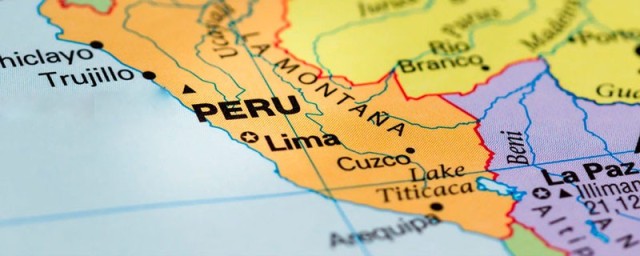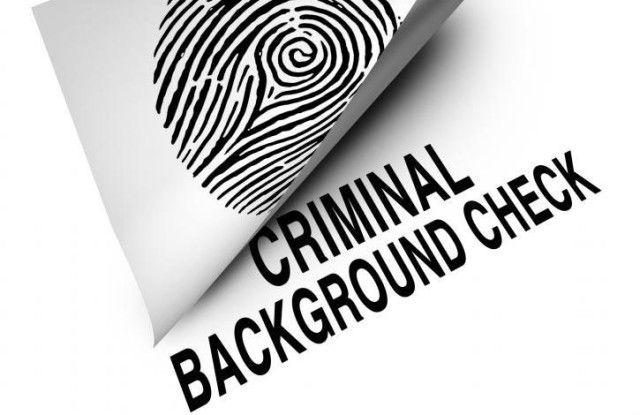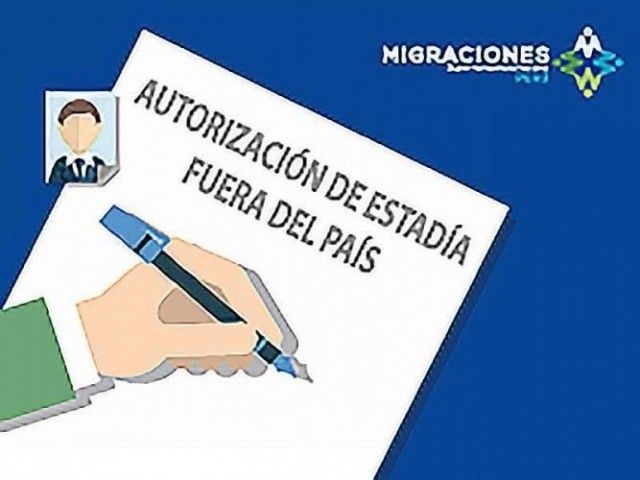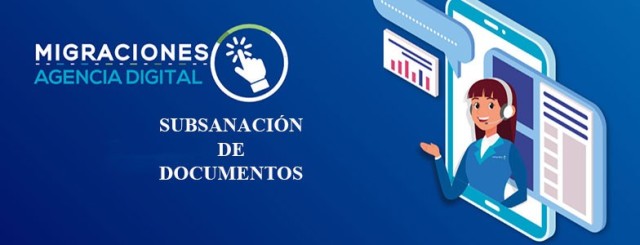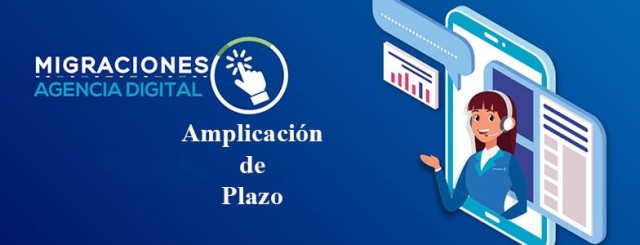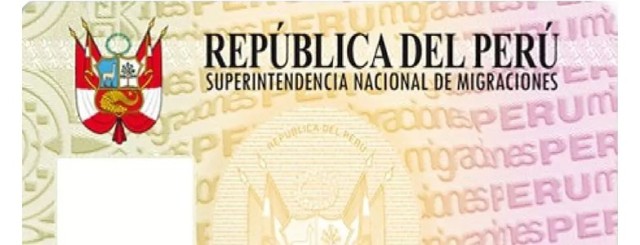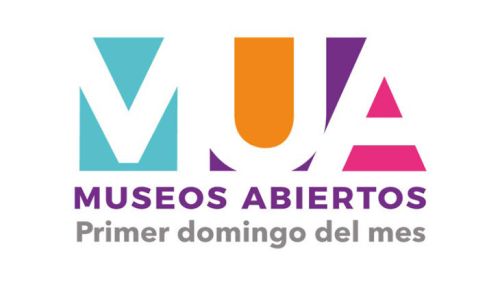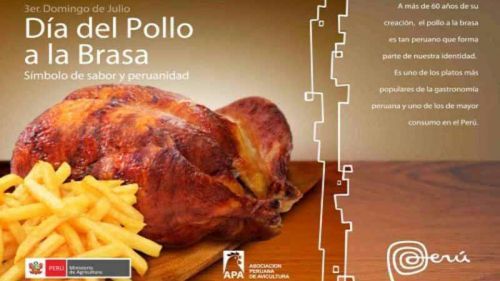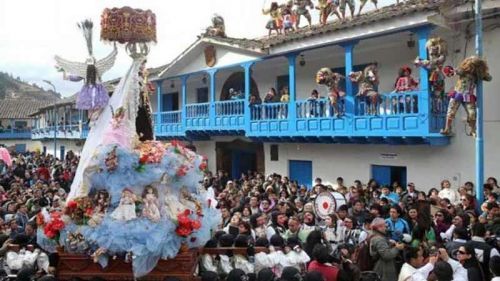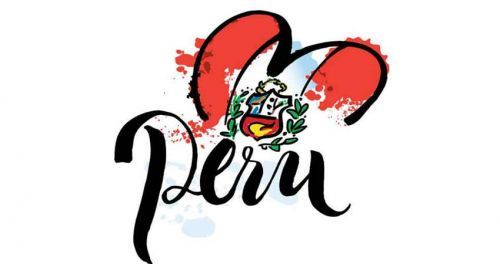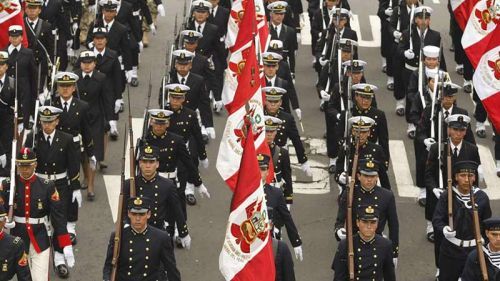Hello. Thank you for the article.
I am wondering if it is possible to apply for Peruvian citizenship after two years of residing in Peru on the rentista visa. From my research I am not sure if I don’t have to reside in Peru for two years as a permanent resident in order to be able to apply for citizenship, or if I can do so immediately after the two years on rentista visa.
Thank you for your help.
- This commment is unpublished.@Mato Hello Mato,
I can’t answer your question 100% accurately. While the laws and regulations are quite clear, their interpretation and how they are executed seems to change now and then. However, I can explain the corresponding laws, share my interpretation of them and the experience of others trying to become a naturalized Peruvian on a rentista visa recently.
According to the Ley de Nacionalidad (Decreto Supremo 004-97-IN) foreigners who want to be naturalized not only must have lived in Peru for two consecutive years (see article 3a), but also must have practiced a profession, art, trade, or business activity (see article 3b); in short must have paid taxes in Peru. As a foreigner who is legally in Peru as a rentista, you are strictly prohibited from doing that. You aren’t allowed to work in Peru and can’t receive any kind of renumeration in Peru as rentista; and you don’t have to pay taxes in Peru on your pension income. So, as a rentista you can’t meet this fundamental condition as stipulated in the Nationality Law.
Additionally, when applying for Peruvian citizenship through naturalization (other rules apply, if you are married to a Peruvian, for example), you must prove an annual income of at least 10 UITs (in 2022 that’s S/ 46,000), which allows you to live independently in Peru (see Decreto Supremo 002-2021-IN, page 53, article 9e).
In the same article 9 from a-g you find all general requirements everyone who qualifies must fulfill. Starting with h (or on the Peruvian government website) the specific requirements depending on the visa type on which you live in Peru are listed. There only calidad migratoria de religioso, calidad migratoria de trabajador dependiente, calidad migratoria de inversionista and calidad migratoria de trabajador independiente are mentioned; not the calidad migratoria de rentista. Different rules apply to foreigners who are married to a Peruvian or who have made special contributions to the country.
With this being said, in my opinion as a rentista you can’t apply for the Peruvian nationality by naturalization as a rentista.
But, in the years before Corona, some immigration lawyers somehow managed that Migraciones a) didn’t ask for proof that the applying rentista pursued a profession in Peru and b) accepted the pension payment as income. I know a few foreigners who applied for the Peruvian nationality by naturalization after having lived in Peru 2 years on a rentista visa, who were approved and received their Peruvian nationality.
However, at the end of last year I was in contact with a foreigner who is living in Peru since 2018 as a rentista. After the Covid lockdowns and with life slowly returning more or less to normal, he finally wanted to apply for his Peruvian nationality, which back in 2018 his lawyer and Migraciones confirmed wasn’t a problem after living in Peru for 2 years. But when he got in contact again with Migraciones to ask about current requirements, he was told that as a rentista he can’t apply for the Peruvian nationality.
Anyway, things change in Peru, sometimes without being made public or without anyone really catching it. From time to time, it also depends on how a certain law is interpreted in general or how the person handling your application interprets it. So, even though the replies you usually get from Migraciones can be quite “creative” maybe just get in contact with them, ask if you can apply for the Peruvian nationality by naturalization as rentista and hope for the best. Maybe the interpretation or execution of the law changed again and you are lucky.
And, one last little note: you can’t change your immigration status from rentista to permanent resident as with the rentista visa you already get a residency with indefinite validity.
I wish you all the best
Greetings
Eva
- This commment is unpublished.@Sunflower Hello Eva,Thank you so much for your comprehensive and informative response.I wish you the best,Matej.



